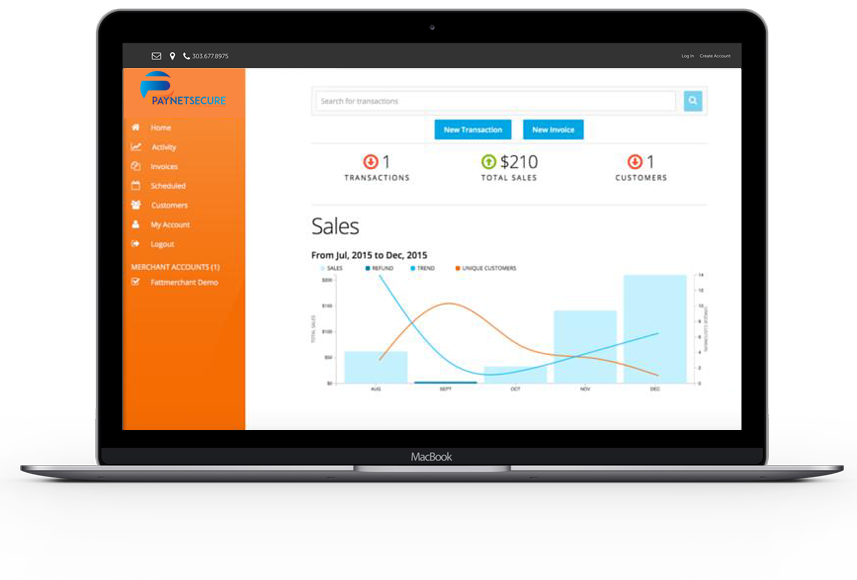Increasing sales of high ticket items, which are generally priced above $1000, is always encouraging. A boost in selling volume is a sure sign your business is growing quickly and reaching valuable customers. But the risks you face increase alongside your sales.
High ticket items from eCommerce merchants catch attention online. Cyber criminals frequently target high ticket merchants. Exposing you to increased risk of fraud.
Banks and traditional financial institutions are well aware of this. Most of these institutions classify items priced higher than $1000 as high ticket, while some set the bar at $500. Companies selling such items are commonly considered ‘high-risk merchants’.
These companies find it challenging to obtain card processing capacity to operate & grow. Payment processors require extensive verification and compliance-related documents to approve a high risk account.
This means that any business selling luxury goods, household appliances, jewelry, furniture, automobiles, travel and other high ticket items will face similar issues when applying for merchant accounts.
Still, more & more customers regularly buy high ticket goods & services online. 70% of Americans say they shop online regularly. Data shows that the average amount spent is $114 per order, a figure which has grown steadily over the years and is only expected to keep rising as shopping for high ticket items extends online.
Regardless of what your business sells, your customers are looking for it on the web. Customers have credit cards and online payment wallets to pay for your products. But if an acquiring bank deems your business too risky to accept card payments, you’re out of luck.
There are ways you can tackle the risks involved with high ticket sales. Here’s what you need to know about securing high ticket transactions.
Chargebacks and Fraud
Credit card fraud resulted in the loss of over $3 billion for America’s economy in 2014. The Kansas City Fed found that while consumers found it more convenient to pay by cards, the businesses selling to them were ill-equipped to handle the transactions safely.
Businesses and entrepreneurs are engaged in a never-ending battle with payment fraudsters. You can keep an eye on the rate of fraud throughout the country through this map.
Risk management firm Chargebacks911 found that chargeback rates were unacceptably high in a number of US cities. Chargebacks in key cities like New York and Miami crossed the 1% threshold set by Visa and Mastercard.
The rate of so-called ‘friendly chargebacks’ are on the rise. Cybercriminals contact your team over the phone or through email, pay with a credit card and later claim the item was never received. They can then claim a refund, leaving the merchant, processor, and the acquiring bank to cover the resulting loss. It’s called the ‘chargeback game’ within the industry.
Statistics like these help explain why your business is classed as a high risk venture if it accepts high ticket sales. Most merchants simply accept such risks as a cost of doing business in the United States. But the risks can be minimized and there are ways you can protect yourself.
High Risk Merchant Accounts
High risk payment processors offer special services for companies classified as high risk merchants. These companies have implemented the secure infrastructures necessary tp tackle fraud and chargebacks.
High risk merchants also frequently establish more than one account to help keep chargebacks within the ratios required by the card brands. Diversification of accounts allows you to reduce risk and protect your access to processing.
High tickets sales can be spread out over multiple acquiring banks, which helps to reduce the overall risk of processing through a single acquirer.
Benefits of High Risk Processing
There are a number of benefits to high ticket merchants to work with a high risk processor.
Processing platforms are easy to use. And can be customized with a wide variety of rules and filters to safeguard you against fraud.
Support is available round the clock. Integration to your website is through an API. MOTO transactions are processed through a virtual terminal.
Conclusion
High ticket sales are excellent and are a sign of healthy growth for your business. Customers are increasingly spending money online and are much more willing to pay for high ticket items with cards. Credit cards are now used to buy everything from luxury jewelry to new cars.
But the increasing amounts of money spent through cards has managed to attract the wrong sort of attention. The rate of fraud and chargebacks has increased exponentially, putting you, your business and your customers at risk.
The best way to tackle this is to apply for a merchant account for high risk business. These accounts offer tools to mitigate the risk and prevent chargebacks. And protect your operations with Level 1 PCI processing.
How are you securing your high ticket credit card sales?
Contact our payment processing specialists today
